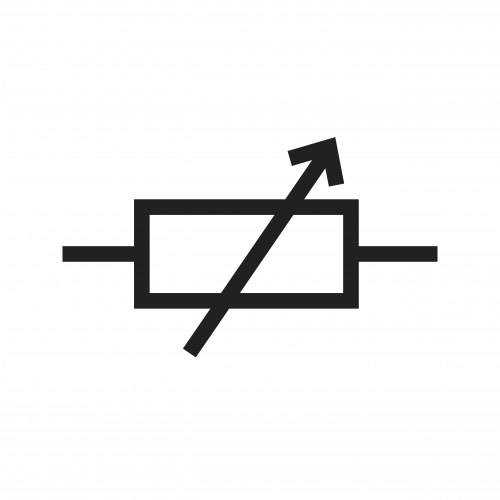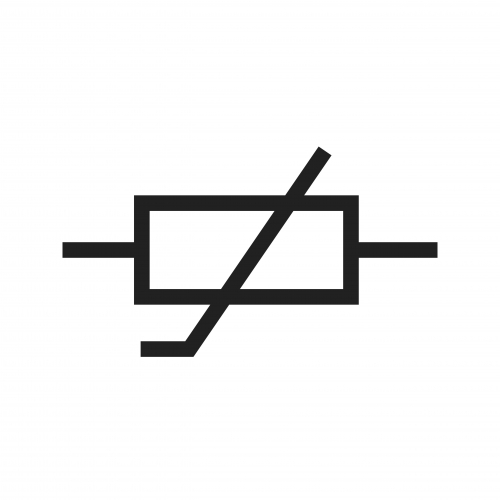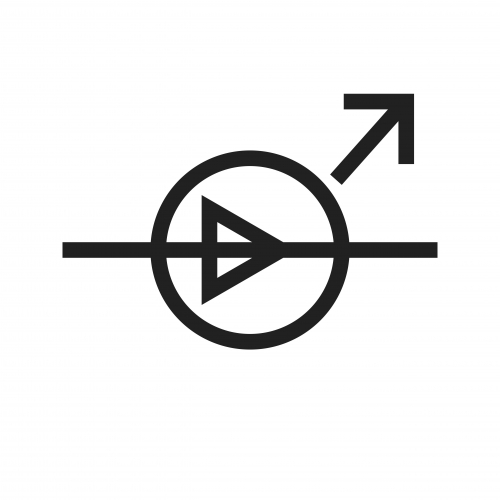In the world of science, we have to talk to each other and communicate ideas a lot - this leads to scientists developing their own complex language so that they can pass on exactly what they mean with a high degree of accuracy. When it comes to electricity however, nothing beats a good old fashioned picture to try and show what you mean! The problem is that when you are looking at a drawing of them, the parts of a circuit can all look quite similar, so scientists needed to develop their own set of symbols to tell each other what they meant. This code allowed them to recreate electrical machines that electrocuted elephants, brought people back to life and got things to spin in circles really fast (all real electricity experiments in the 1900's). Now you too can break the code with this once in a lifetime chance to enter the world of the super scientist! Using our patented code-break tech, you can discover the hidden depths of electrical machines and recreate them yourself (only to be used with adult supervision). We are going to look at the symbols, their functions and their names here and then test you on them. Let's do it!
| Component Name | Function | Symbol |
| Battery |
Provides a flow of electrons to the circuit. Has a positive (+ve) and a negative (-ve) terminal. Charge flows from the +ve terminal to the negative terminal. A battery is a bunch of cells all placed together. |
 |
| Cell |
Provides a flow of electrons to the circuit. Has a positive (+ve) and a negative (-ve) terminal. Charge flows from the +ve terminal to the negative terminal. A cell is a single unit in a battery (e.g. a AA battery is really a cell, but 2 AA batteries are a battery - confused yet?) |
 |
| Switch |
Turns the circuits on by allowing the charge to flow around the circuit (we call this a complete circuit when a charge is allowed to flow through it). This is a really simple one, you can see the break in the circuit. |
 |
| Ammeter |
Measures the current in the circuit. Must be placed in series. |
 |
| Voltmeter |
Measures the potential difference across a component. Must be placed in parallel. |
|
| Resistor |
Slows the current in a particular place. They will normally have their particular resistance written inside them or just above them
|
 |
| Lamp |
This is the symbol for a lamp or bulb in a circuit. |
 |
| Fuse |
This will break the circuit if the current gets too high. |
 |
| Variable Resistor |
A resistor that can change its value of resistance. |
 |
| LDR |
Stands for Light Dependent Resistor (not to be confused with LED). This will change its resistance depending on the amount of light. Normally, the more light the lower the resistance. |
 |
| Thermistor |
This will change its resistance depending on the temperature. |
 |
| Diode |
This is a device that will only allow current through in one direction. You see how it looks like an arrow - that is the direction that the current can flow in. |
 |
| LED |
This stands for Light Emitting Diode - it's a diode that shines. |
 |
Come back to this list with every activity you do in electricity in order to get a handle on these symbols and some of these words - it might take you a while, but you'll get used to it in time. You will be expected to know all of these - maybe make a poster of them that you can use when you are doing your revision?
You also need to know if a circuit is working or not. This is fairly simple - if you can trace your finger through the circuit without any breaks, then it is working. If there is a break, then it is not working! (This will get more complex when we look at series and parallel circuits, but for the moment this is all you need to know).
Let's get on to those questions now.
Some of the questions will require marking before you receive a total score.

